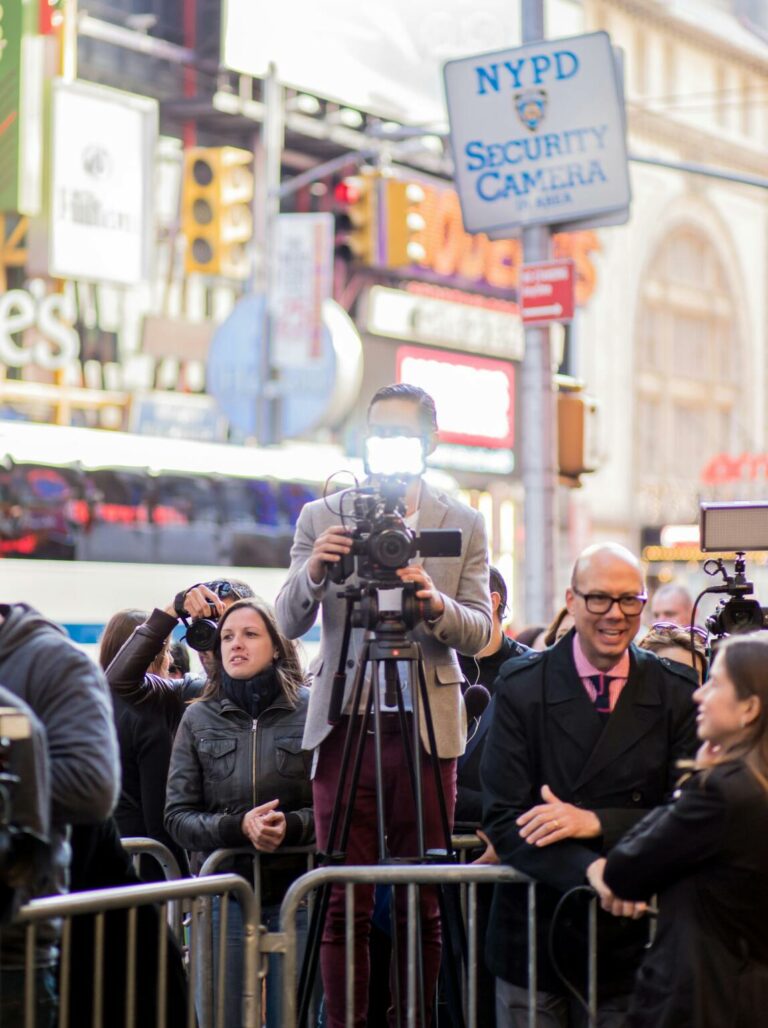By Geetha Kerlin, Senior Account Director, Consumer and Travel
In a media landscape oversaturated with paid content and brand-controlled messaging, earned media remains one of the most credible and influential forms of exposure. Unlike paid media, which is carefully crafted and placed, earned media is gained organically—through press coverage, influencer endorsements, and word-of-mouth.
Its power lies in third-party validation, making it one of the most trusted and effective ways for brands to shape public perception, build authority, and drive long-term business impact. However, maximizing earned media’s value requires more than just securing placements—it demands a strategic approach to amplification, engagement, and measurement.
Here’s why earned media is indispensable for brands looking to break through the noise and establish lasting credibility.
The Trust Multiplier: Credibility Through Authenticity
In an era where audiences are increasingly skeptical of traditional advertising, trust is one of the most valuable assets a brand can cultivate. Earned media delivers what paid content often lacks—genuine third-party endorsement. When journalists, influencers, or customers organically advocate for a brand, their message carries far more weight than a sponsored ad or branded content.
Brands that consistently earn media coverage are seen as industry leaders and trusted sources, rather than simply businesses trying to sell a product. The key is building authentic relationships with media and influencers who can amplify a brand’s message in a way that feels natural and credible.
Consider Patagonia’s media presence. Instead of chasing fleeting marketing trends, Patagonia’s commitment to environmental activism consistently earns meaningful media attention, reinforcing its authenticity and deepening audience trust. The brands that focus on real impact over hype will stand out in an increasingly discerning market.
Precision Targeting: Reaching the Right Audience, Not Just Any Audience
The most effective earned media strategies go beyond securing press mentions—they focus on reaching the right audience, through the right outlets, at the right time.
- Major publications (e.g., The Wall Street Journal, Forbes) provide broad credibility and industry recognition.
- Trade and niche media connect brands directly with decision-makers and high-value communities.
- Influencers and social media-driven media offer personal engagement and viral potential.
Beyond the placement itself, brands must monitor engagement. Are people sharing the coverage, discussing it on social media, and driving conversations? A feature in a high-profile outlet means little if it doesn’t translate to real audience engagement. The brands that focus on quality over quantity—securing placements that drive action, not just awareness—will see the greatest impact.
The Digital Advantage: Earned Media’s Lasting SEO and Organic Search Benefits
Earned media isn’t just about immediate visibility—it has a long-lasting impact on a brand’s digital presence. Unlike paid media, which stops generating results once the budget runs out, earned media can drive traffic and influence brand perception for years.
- Backlinks from high-authority media outlets improve search engine rankings, making it easier for audiences to discover a brand.
- Evergreen media placements continue to generate organic traffic long after publication.
- Social sharing and engagement amplify the brand’s reach beyond its original audience.
This digital impact makes earned media one of the most cost-effective, long-term brand-building strategies. A single high-quality media mention can drive brand awareness, increase credibility, and generate inbound traffic long after the initial coverage.
Measuring ROI: How Earned Media Translates to Business Impact
While earned media is harder to quantify than paid campaigns, it is far from immeasurable. Brands that take a data-driven approach to tracking media performance can directly connect earned media to business outcomes.
Key performance indicators include:
- Website traffic spikes following media placements.
- Lead generation and conversions tied to earned coverage.
- Social engagement and sentiment analysis to measure audience response.
The most effective brand strategies integrate earned media with paid, owned, and social channels, ensuring every media mention is leveraged for maximum reach and impact.
Consider Dove’s “Real Beauty Sketches” campaign. While paid media played a role, the campaign’s success was fueled by widespread earned media coverage, organic sharing, and influencer engagement. By aligning compelling storytelling with a strong media strategy, the brand extended the impact far beyond traditional advertising.
Maximizing Earned Media: A Playbook for Long-Term Brand Success
To fully harness the power of earned media, brands must take a strategic, long-term approach:
- Define a clear narrative – Establish a consistent brand story that resonates across all earned media opportunities.
- Target the right media and influencers – Prioritize outlets and voices that matter most to your audience.
- Track and measure success – Use analytics to monitor traffic, engagement, and brand sentiment shifts.
- Integrate earned media with broader marketing efforts – Ensure paid, social, and content strategies support and amplify earned media wins.
- Think beyond the moment – Treat earned media as an ongoing brand-building tool, not just a one-time PR win.
Final Thought: Earned Media as a Competitive Advantage
In a world where audiences crave authenticity and trust is harder to earn than ever, earned media remains one of the most powerful tools a brand can leverage.
But its impact isn’t automatic. Brands that take a proactive, strategic approach—building relationships, crafting compelling narratives, and maximizing every earned placement—will not only capture attention but drive long-term growth and influence.
When earned media is treated as a core brand strategy rather than an afterthought, it becomes more than just PR—it becomes a competitive advantage.





